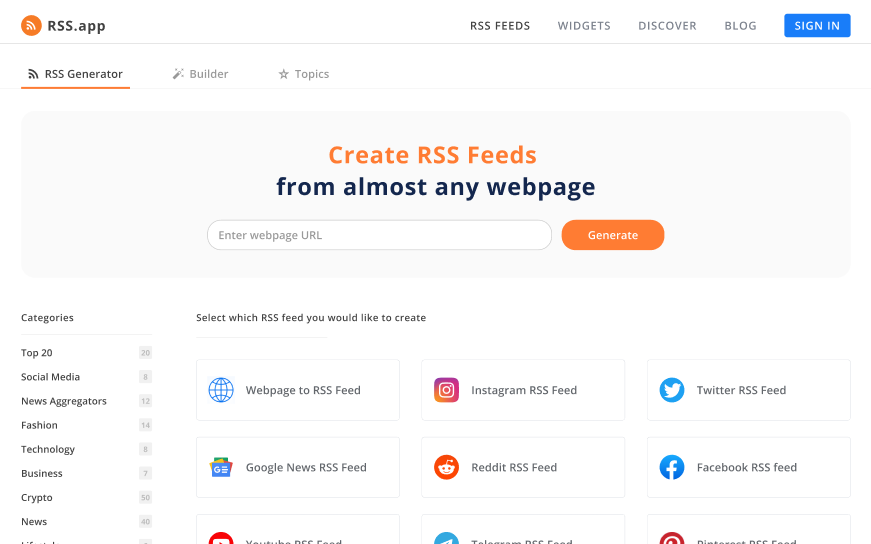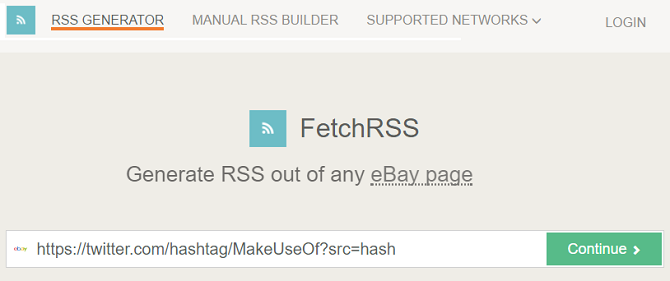
There are actually many unique ways to use RSS feeds. If you run a blog, you will also need an RSS feed. For example, it’s pretty much required to have an RSS feed if you host a podcast. Once subscribed they will get notifications when you published new entries.Īlready now I think you can see how your audience can make use of this. With specialized softwares called RSS readers, RSS feed readers and feeders, your users will find your feed and subscribe to it. RSS feeds help your users and readers stay updated. (An analogy is that the titles need to have one specific font and size, the links another color, the content needs to be 13pt with 1.5 line spacing, et cetera).

Think of it as a Word document, but the format is very strict. An RSS feed is a file that can be downloaded by anyone online. RSS feeds can be seen as the “original feed”. It’s a list of content (ideally) in chronological order, one that you can scroll through to stay updated during the day. Today when you hear the word “feed” you think of Instagram or Facebook. It’s a format that will live on after all the hype.

I’d like you to know though, that RSS is more than just a way of sharing news with friends.

Back in 2005 it was the latest thing, as Twitter, Instagram, Snapchat once was. RSS (Really Simple Syndication) has really become the pillerstone of the Internet.
#RSS BUILDER ERRORS HOW TO#
Read this article to learn how to create an RSS feed and how how easy it is. Without the intention of sounding too brash: You need an RSS feed.


 0 kommentar(er)
0 kommentar(er)
